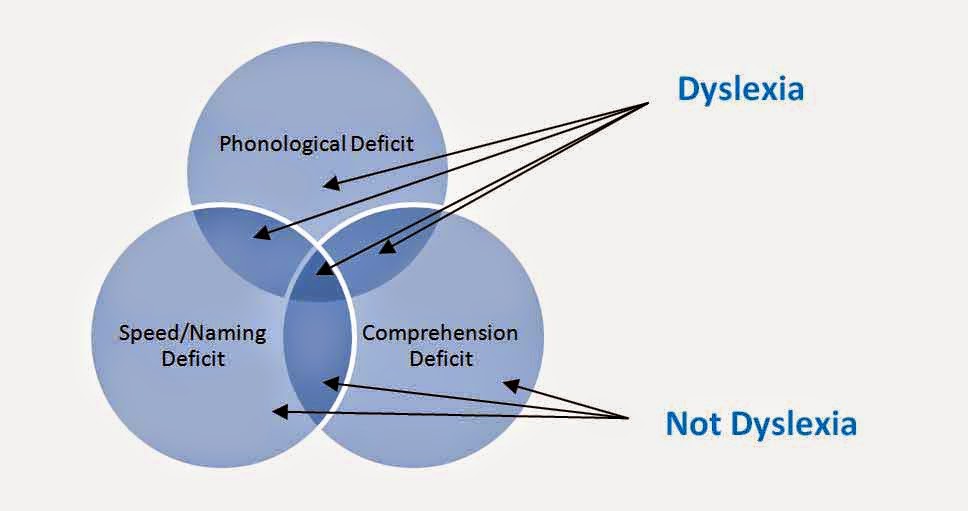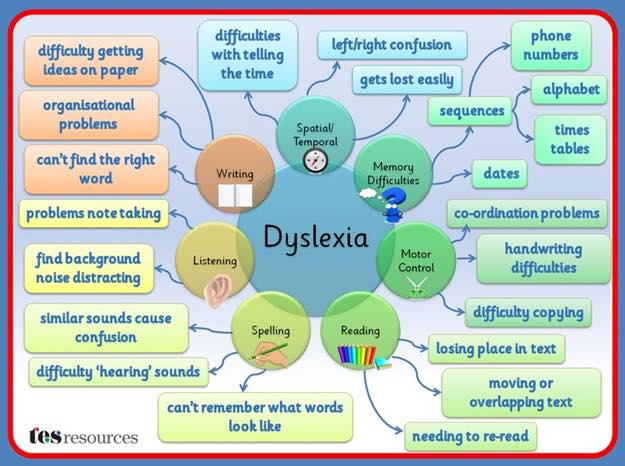Dyslexia, often abbreviated as DYS, is a common learning difficulty that affects the way individuals process language. It is characterized by challenges in reading, writing, and spelling despite having normal intelligence and adequate educational opportunities. This condition does not imply a lack of effort or ability but rather reflects differences in how the brain processes written and spoken language. Understanding Dyslexia is essential for fostering an inclusive environment where individuals with this condition can thrive. In this article, we will explore the causes, symptoms, and support strategies associated with Dyslexia to provide a comprehensive overview of this widely misunderstood condition.

Understanding Dyslexia
Dyslexia is a neurodevelopmental disorder that primarily impacts reading fluency and comprehension. People with Dyslexia often experience difficulties in decoding words, recognizing letter patterns, and connecting sounds to letters. These challenges are not due to a lack of intelligence or poor teaching methods but stem from differences in how the brain processes information related to language.
It is important to note that Dyslexia is not a visual problem; it is rooted in the way the brain interprets linguistic data. The condition varies in severity and can manifest differently in each individual. Some may struggle with reading alone, while others might face challenges in writing, spelling, or even verbal communication. Despite these difficulties, many individuals with Dyslexia possess strong creative thinking skills, problem-solving abilities, and unique perspectives that enrich their lives and communities.
The Prevalence of Dyslexia
- Studies suggest that Dyslexia affects approximately 10 to 20 percent of the population worldwide.
- It is one of the most common learning disabilities and can occur in people of all backgrounds and intellectual levels.
- While it is often identified during childhood, some individuals may not receive a diagnosis until later in life.
Causes of Dyslexia
The exact cause of Dyslexia remains a subject of ongoing research, but scientists have identified several factors that contribute to its development. These include genetic predispositions, neurological differences, and environmental influences.
Genetic Factors
Dyslexia often runs in families, indicating a strong genetic component. Research has shown that certain genes associated with language processing and brain development may play a role in the condition. If a close family member, such as a parent or sibling, has Dyslexia, the likelihood of another family member being affected increases significantly.
Neurological Differences
Individuals with Dyslexia exhibit distinct patterns of brain activity compared to those without the condition. Brain imaging studies have revealed differences in the structure and function of specific regions involved in language processing. For example, areas responsible for phonological awareness—the ability to recognize and manipulate the sounds within words—are often less active in people with Dyslexia. Additionally, connectivity between different parts of the brain may be weaker, leading to challenges in integrating auditory and visual information.
Environmental Influences
While genetics and neurological factors are primary contributors, environmental influences can also impact the severity of Dyslexia. Early exposure to language-rich environments, access to quality education, and supportive home settings can mitigate some of the challenges associated with the condition. Conversely, a lack of early intervention or exposure to stressful learning environments may exacerbate symptoms.
Symptoms of Dyslexia
The symptoms of Dyslexia can vary depending on age and the specific tasks an individual is attempting to perform. However, there are common signs that may indicate the presence of Dyslexia at different stages of life.
Symptoms in Early Childhood
In preschool and early elementary years, children with Dyslexia may display the following signs:
- Delayed speech development compared to peers.
- Difficulty learning nursery rhymes or recognizing rhyming patterns.
- Trouble remembering the names of letters or associating them with their corresponding sounds.
- Confusion between similar-looking letters, such as “b” and “d.”
Symptoms in School-Age Children
As children progress through school, the symptoms of Dyslexia become more apparent, particularly in academic settings:
- Slow and laborious reading, often accompanied by frequent mistakes.
- Poor spelling and handwriting skills.
- Difficulty understanding what is read, even when the text is read aloud to them.
- Challenges in organizing thoughts on paper or completing written assignments.
Symptoms in Adolescents and Adults
For older individuals, Dyslexia can continue to pose challenges, though they may develop coping mechanisms over time:
- Avoidance of reading or writing tasks due to frustration or fatigue.
- Struggles with time management and organization.
- Difficulty summarizing information or recalling details from written materials.
- Low self-esteem or anxiety related to academic or professional performance.
Support Strategies for Dyslexia
While Dyslexia cannot be cured, numerous strategies and interventions can help individuals manage its effects and succeed academically, professionally, and personally. These approaches focus on building strengths, addressing weaknesses, and fostering a supportive environment.
Early Intervention
Identifying Dyslexia early is crucial for minimizing its impact on learning. Parents and educators should be vigilant in observing potential signs and seeking evaluations if concerns arise. Early intervention programs typically involve specialized instruction tailored to the needs of the child. Techniques such as phonics-based teaching, multisensory learning, and explicit instruction in language skills can significantly improve outcomes.
Multisensory Teaching Methods
Multisensory approaches engage multiple senses—such as sight, sound, touch, and movement—to reinforce learning. For example, a student might trace letters in sand while saying their sounds aloud. This method helps strengthen neural connections and makes abstract concepts more concrete. Programs like the Orton-Gillingham approach are widely regarded as effective for teaching individuals with Dyslexia.
Assistive Technology
Advancements in technology have opened new avenues for supporting individuals with Dyslexia. Tools such as text-to-speech software, audiobooks, and speech recognition programs enable users to access information in alternative formats. Spell-checkers and grammar tools can also assist with writing tasks, reducing frustration and enhancing productivity.
Accommodations in Educational Settings
Schools and universities can implement accommodations to create an inclusive learning environment. Examples include:
- Extended time for tests and assignments.
- Access to printed materials in larger fonts or simplified formats.
- Permission to use assistive devices during exams.
- One-on-one tutoring or small group instruction focused on literacy skills.
Emotional and Social Support
Living with Dyslexia can take an emotional toll, especially if individuals feel misunderstood or stigmatized. Providing emotional support is just as important as addressing academic needs. Encouraging open communication, celebrating achievements, and fostering a growth mindset can boost confidence and resilience. Peer support groups and counseling services can also offer valuable outlets for sharing experiences and coping strategies.
Parental Involvement
Parents play a vital role in supporting children with Dyslexia. By staying informed about the condition and advocating for appropriate resources, parents can ensure their child receives the necessary assistance. Reading together, playing word games, and creating a positive attitude toward learning can further enhance a child’s progress.
Workplace Accommodations
For adults with Dyslexia, workplace accommodations can facilitate success in professional settings. Employers can provide tools such as dictation software, ergonomic keyboards, and flexible deadlines. Training sessions on Dyslexia awareness can promote understanding among colleagues and reduce stigma.
Conclusion
Understanding Dyslexia requires acknowledging both its challenges and the unique strengths it fosters. By exploring its causes, recognizing its symptoms, and implementing effective support strategies, we can empower individuals with Dyslexia to reach their full potential.





